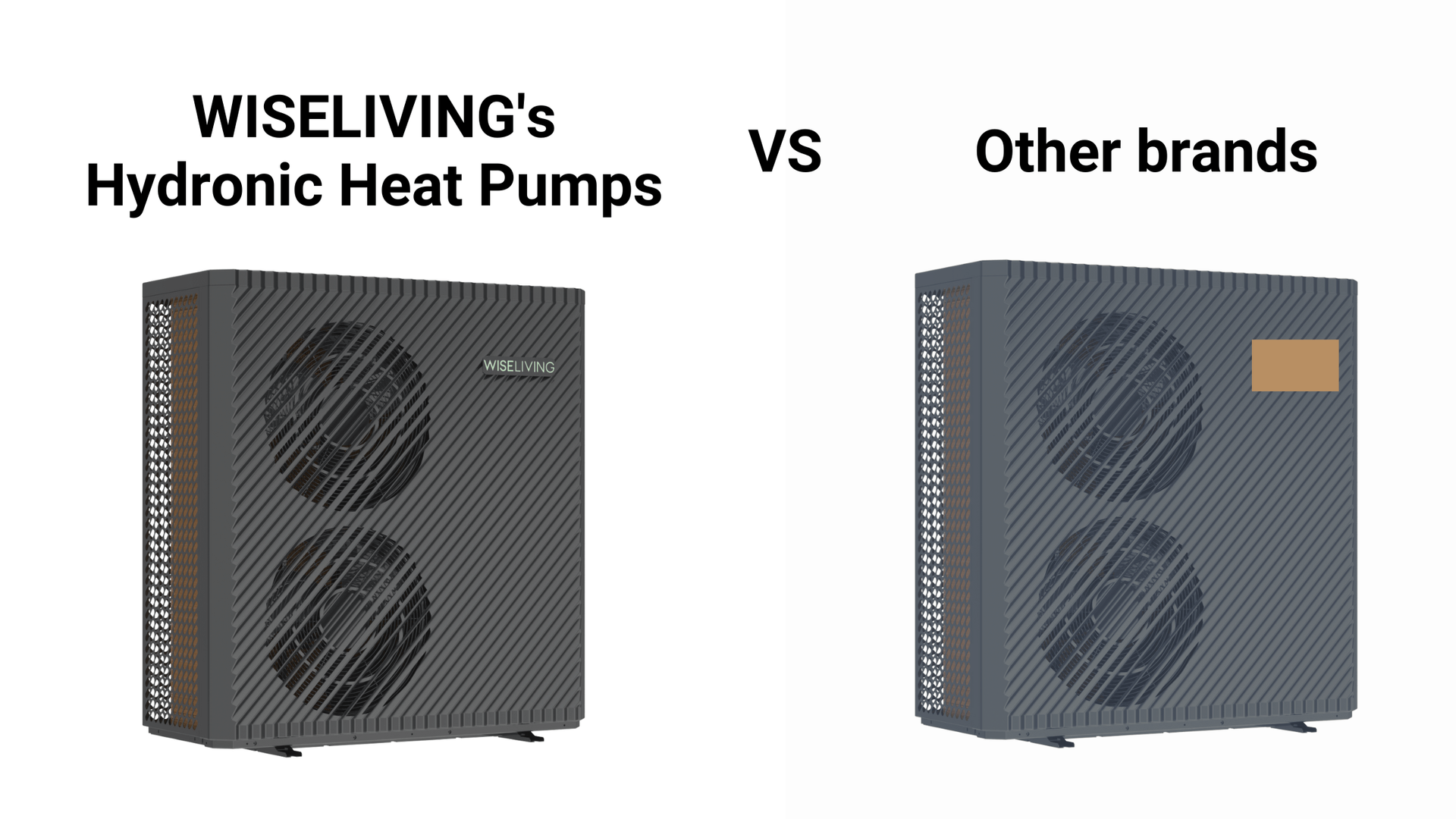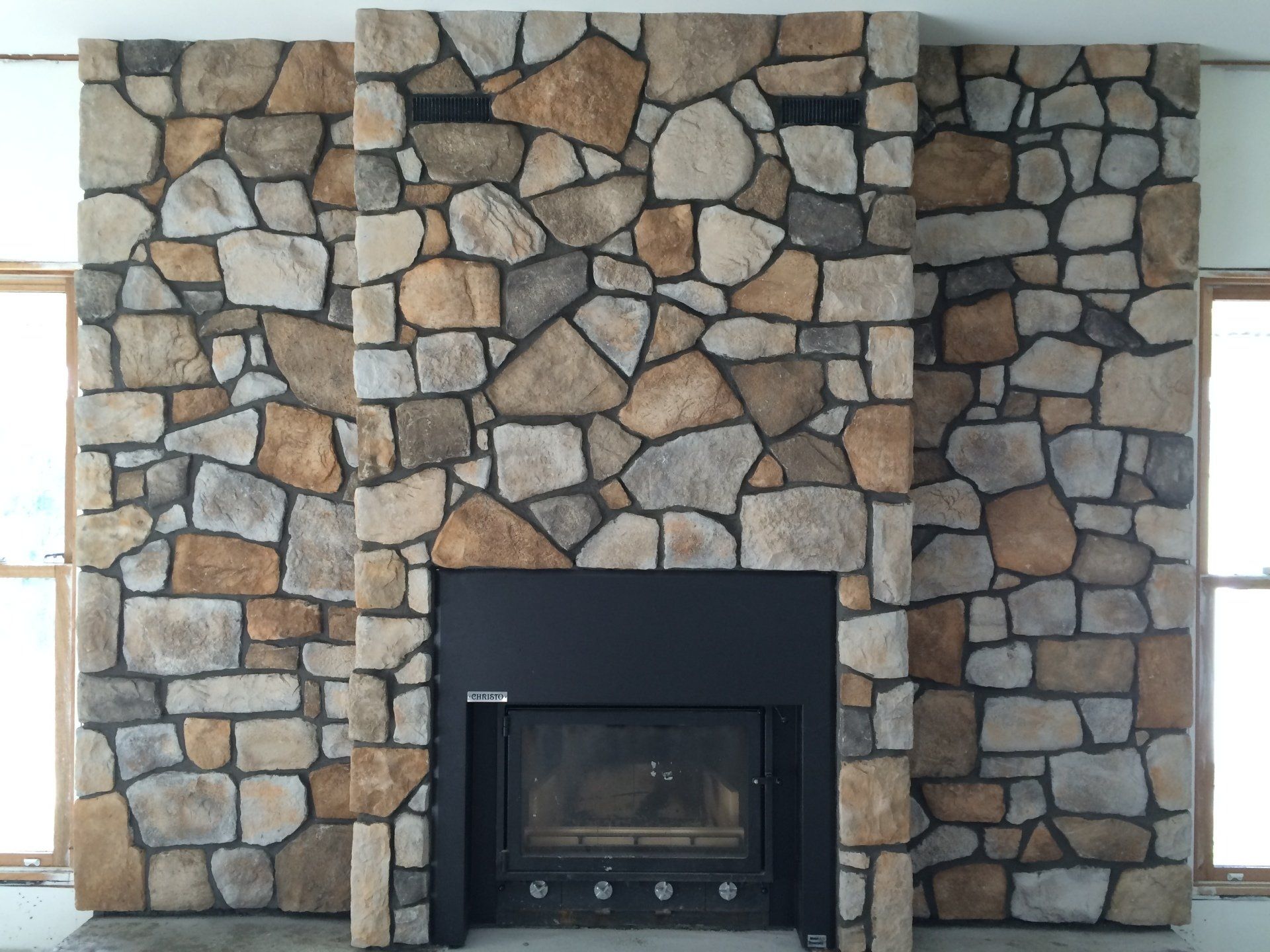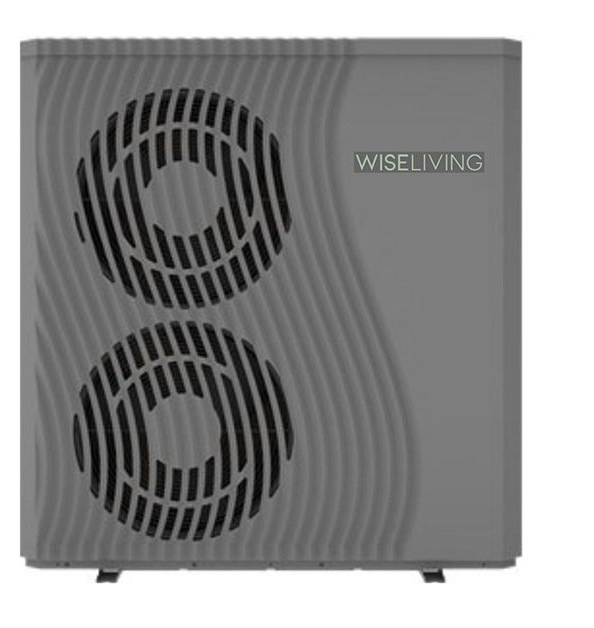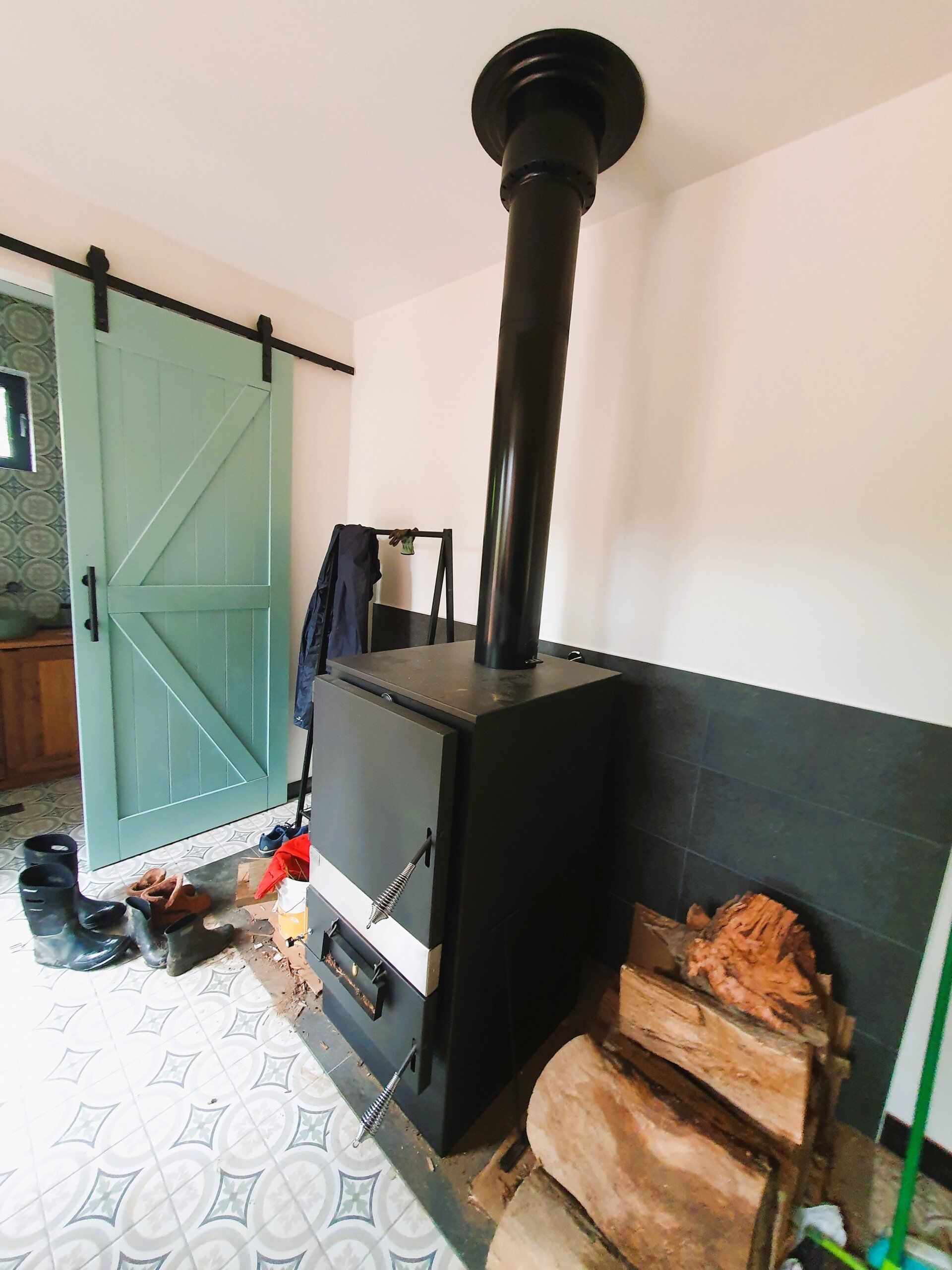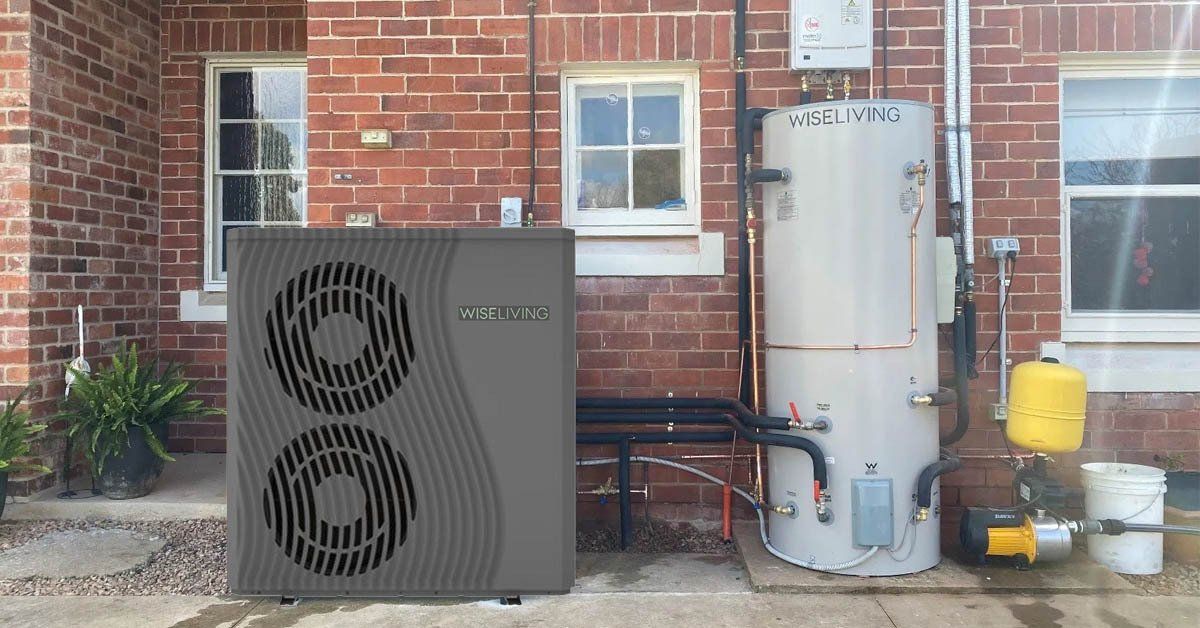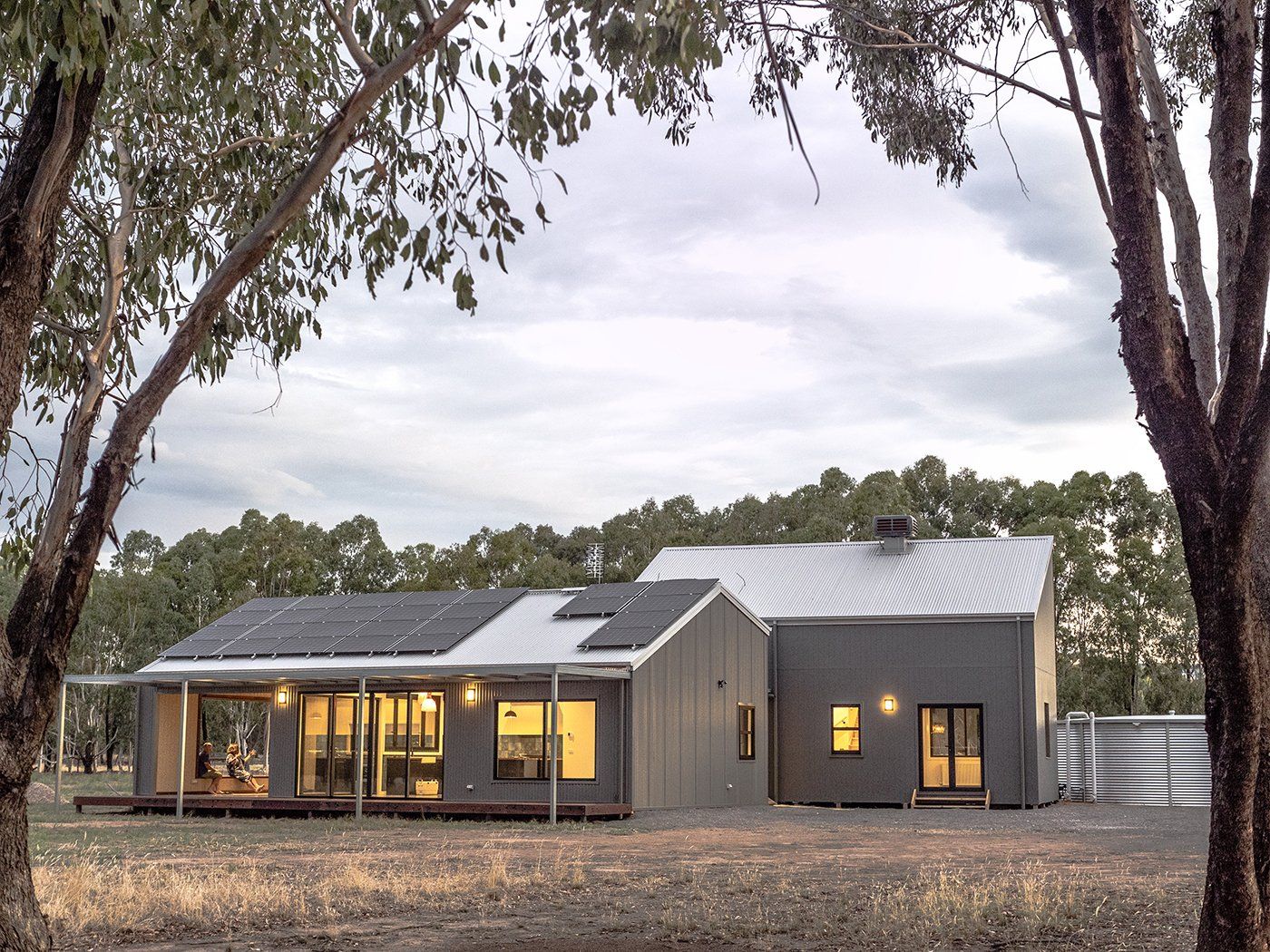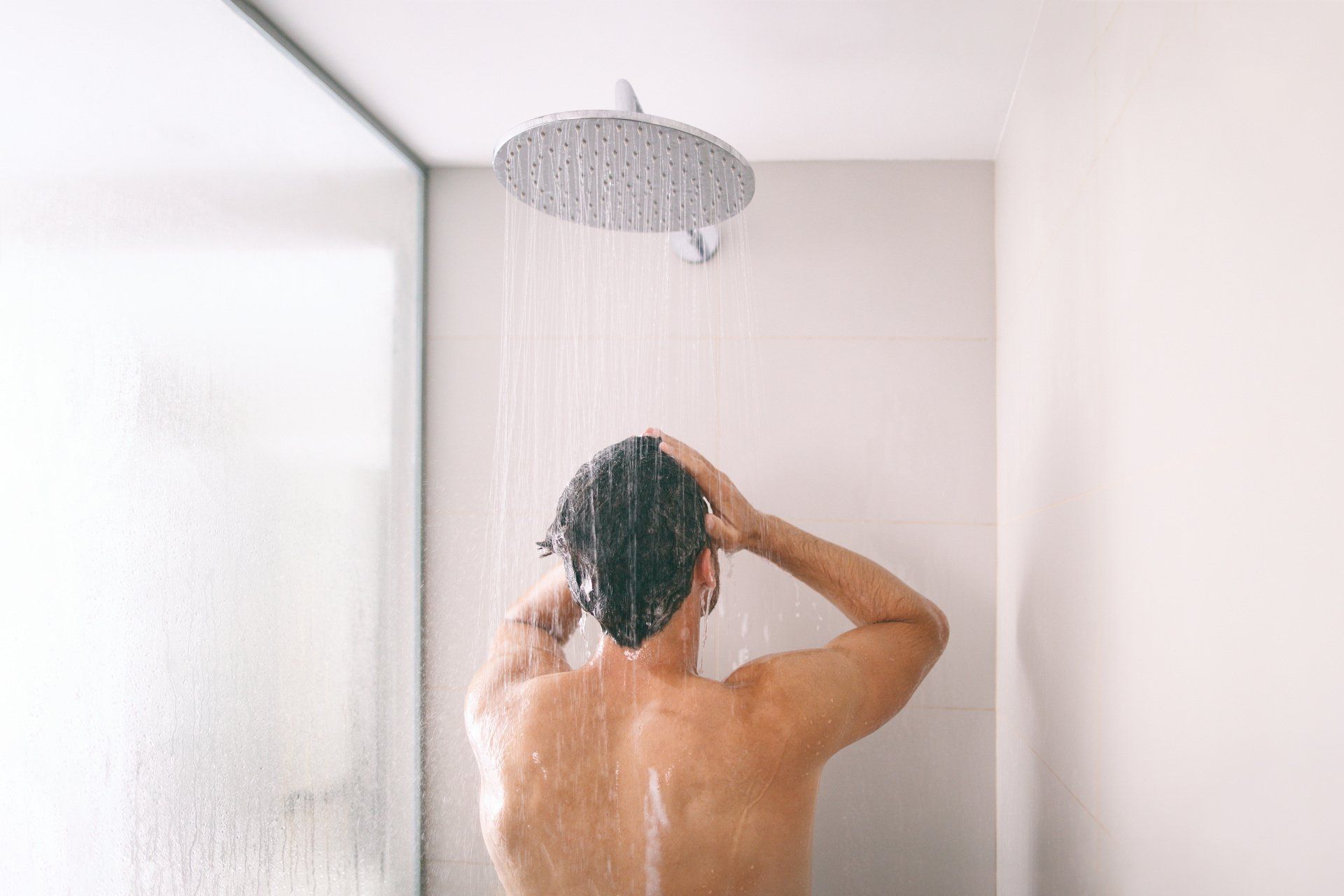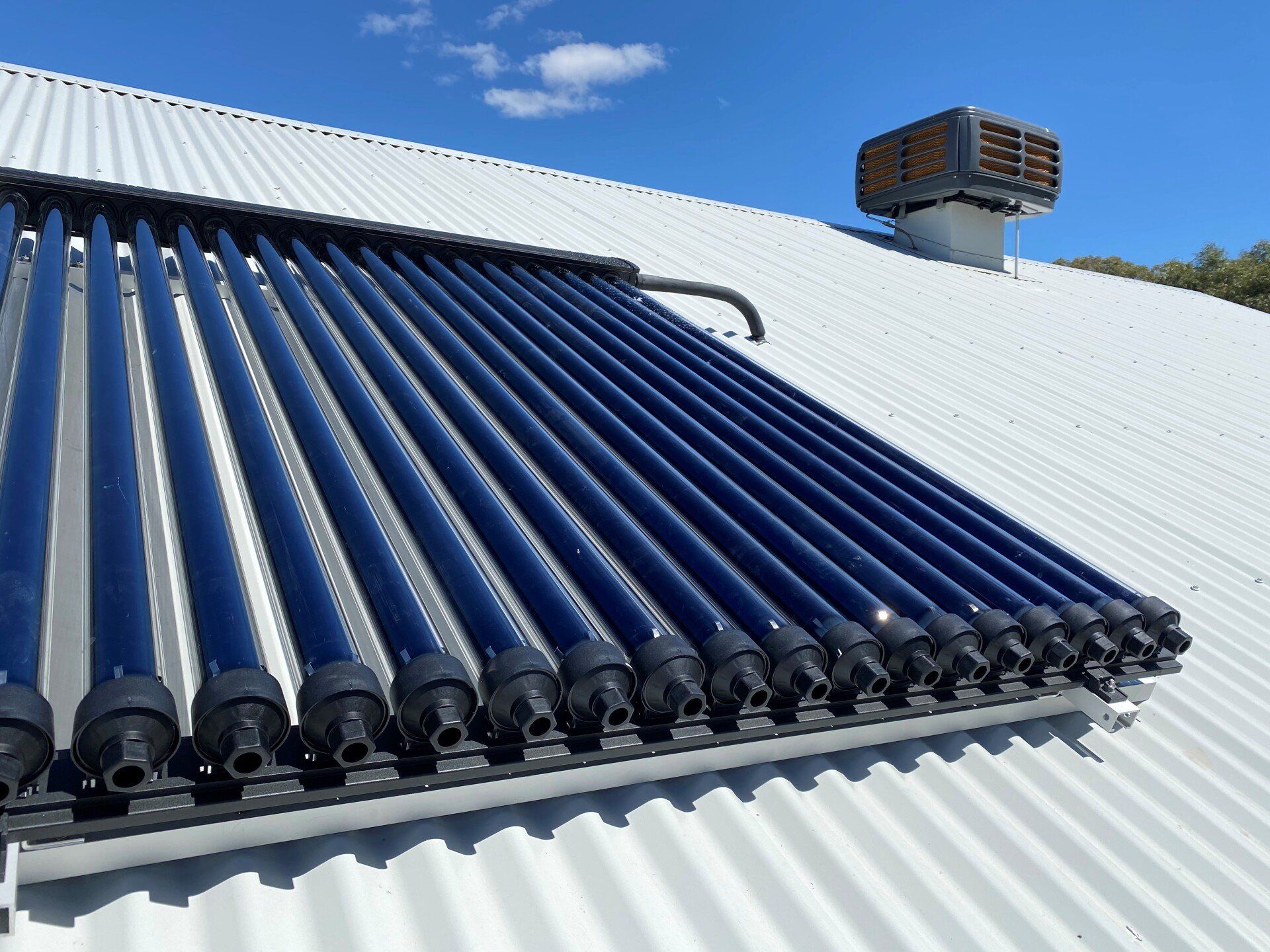Pros and Cons of having Heated Floors in your Home
Radiant floor heating is a popular and effective way of distributing heat evenly throughout a house. Aside from keeping your surroundings warm and cosy, this method eliminates the uncomfortable feeling of stepping on a cold floor while barefoot during the cold or winter seasons.
Generally, radiant floor heating involves installing a series of coils and tubes beneath the floors of your home. The coils and tubes are connected to a hydronic heating system and provide heat using the warm water running through them.
Although radiant floor heating is widely regarded as an efficient and effective method of keeping an entire house warm, some people still feel that this system is impractical. What are the pros and cons of heated floors in a home? Hopefully, our exploration of the answers will help you decide if this indoor heating system is the right choice for your home.
Pros of Radiant Floor Heating
Health and Safety
Since the major components of a floor heating system are hidden underneath your home’s floor, it eliminates the risk of accidentally burning or harming your loved ones. Aside from being safely hidden, this system’s parts do not get too hot to the touch.
In addition, unlike other heating methods, this system doesn’t involve pushing air out of ducts and vents to distribute heat. Instead, the heat coming from the coils radiates from the floor and spreads throughout the room. Since it doesn’t push air out using fans and vents, it doesn’t expose the people inside the house or an enclosed space to dust, bacteria, allergens, and other small pollutants that can be easily blown in by air.
Uniform Heating
Probably the biggest advantage of radiant floor heating is its ability to distribute heat evenly throughout the house. Depending on your installation preference, you can choose to have every square foot of your floor generate heat.
Also, it can warm up an entire room because the heat that radiates from the coils beneath the floor rises. In contrast, the warm air from heating systems that are installed close to the ceiling will most likely stay there. In addition, a forced-air or ducted system is known to create cold spots since it can only provide heat to areas where the blower points to.
Energy Efficiency
Compared to other forms of indoor heating, radiant floor heating is very energy efficient. Generally, this indoor heating method requires less energy to operate than other heating systems. You can also maximise the operations of your system by pairing it with a programmable thermostat.
One of the main reasons behind the efficiency of radiant floor heating is its ability to minimise or eliminate heat loss. Usually, this occurs due to gaps in window and door frames and uninsulated walls. In a forced-air system, heat loss can happen in its ductwork. On the other hand, radiant floor heating systems use a sealed network that’s designed to prevent heat loss.
Cons of Radiant Floor Heating
Initial Cost
The initial cost of installing an entire radiant floor heating system is probably one of the biggest factors that deter people from getting one for their homes. Aside from the installation costs, which will depend on the size of your house, you’ll also have to pay for the services of other professionals such as plumbers and electricians.
One possible way that can help lower the upfront cost is by having the system installed as your house is being constructed. Doing so is relatively cheaper due to the added expenses that come with renovating a pre-built house to install floor heating panels. Also, even though the installation cost can get quite expensive, you’ll still be able to enjoy long-term savings from your monthly energy bills.
Elevates Floor Height
Depending on the type of radiant floor heating system that you prefer for your home, installing one will increase the height of your floor. Usually, the floor will be elevated by a couple of centimetres. That’s because aside from the coils and other heating components, you might also want to consider adding insulation boards beneath the entire system to maximise its function.
This added element will contribute to your floor’s height increase. The effect of this system on a room’s vertical space might have an impact on the placement of certain tall furniture.
